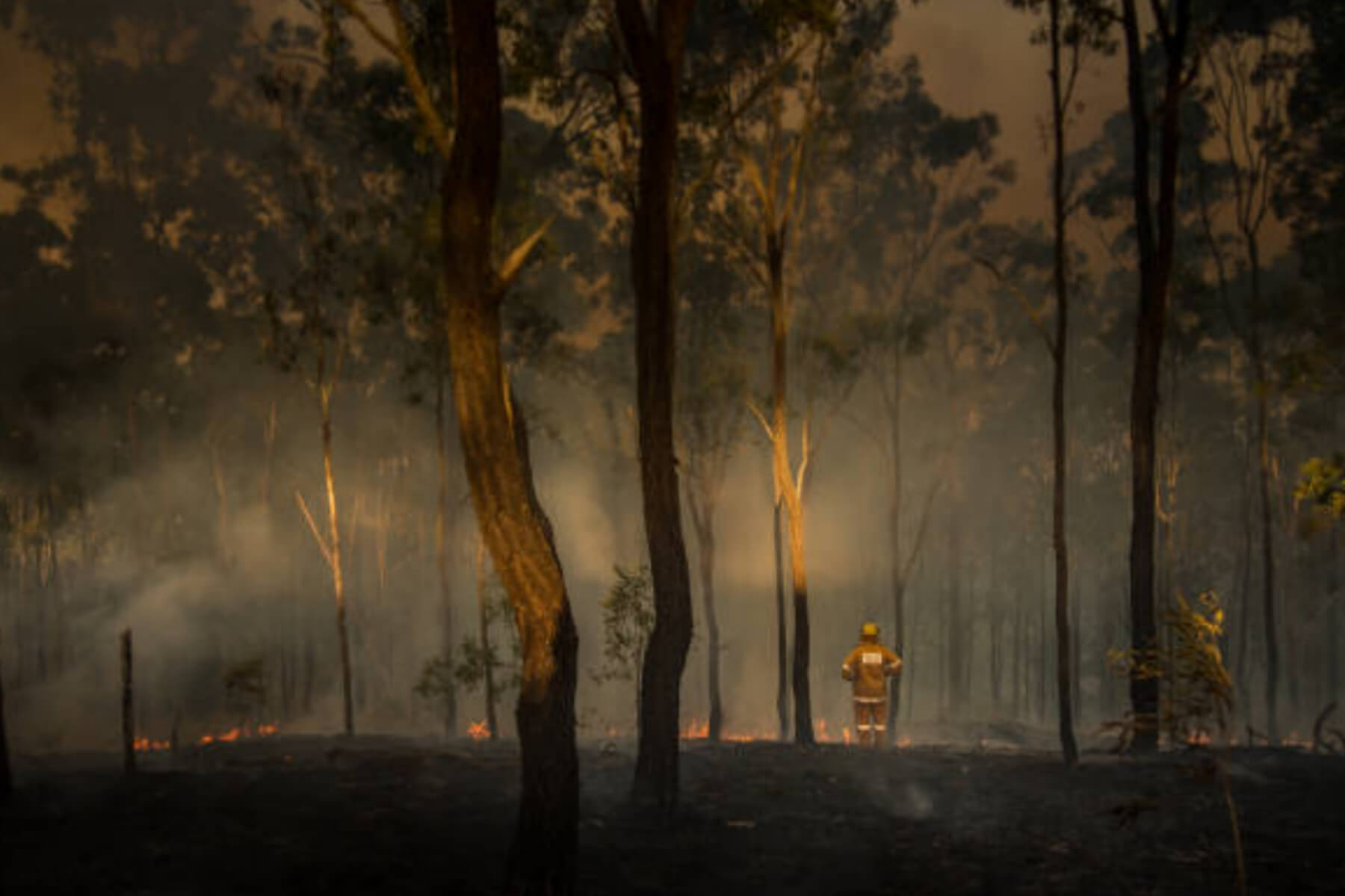In the wake of California wildfires, as much as 10,000 trees debilitated by flames, dry season, disease or age should be eliminated, work that will keep a close by highway shut down to visitors who look for the world’s two largest sequoia trees.
The peril trees might actually fall onto people and cars on the part of State Route 180 known as Generals Highway, or they could make boundaries for crisis and fire reaction, the Sequoia and Kings Canyon national parks said Friday.
The highway is shut down because of the KNP Complex blaze, which was 60% contained subsequent to consuming 138 square miles (357 square kilometers) of forest, and will stay closed off to visitors after the fire is out while saw teams cut down trees and trim branches. Cooler climate has eased back the flares and the region was relied upon to see downpour beginning Sunday.
The highway associates Giant Forest, home to the General Sherman Tree, which is viewed as the world’s largest by volume, and Grant Grove, home to the General Grant Tree, the second-largest tree in the world. The trees along the highway incorporate sequoias, pine and conifer trees, said fire representative Kimberly Caschalk.
The KNP Complex has been consuming since Sept. 9, when lightning touched off two flames that later consolidated.
Forest officials said recently the flames might have killed many monster sequoias, yet the full degree of the harm has not set in stone.
The fire’s effect on monster sequoia forests was blended. Most saw low-to medium-force fire conduct that the sequoias have advanced to endure, and the most prominent trees endure.
Firefighters went to unprecedented lengths to secure the sequoias by folding fireproof material over the foundations of certain giants, raking and clearing vegetation around them, introducing sprinklers and drenching some with water or fire retardant gel.
On Friday, forest staff opened up the foundation of the General Sherman tree after risk from the fire had passed.
“We’re certain that tree is moderately safe,” Caschalk said.
Dry spell in the West attached to environmental change is making wildfires harder to battle. Researchers say environmental change has made the West a lot hotter and drier in the beyond 30 years — which means the downpour and snow that falls is probably going to dissipate or retain into the dirt — and will keep on making climate more limit and wildfires more regular and damaging.
Ongoing storms have contained a portion of the country’s largest wildfires this year, including one that undermined the well known Lake Tahoe resort area this late spring and is currently 100% contained after snow covered the western side of the blaze and downpour dropped on the eastern side. Yet, the current week’s storms will not end dry spell that is tormenting California and the western United States.
